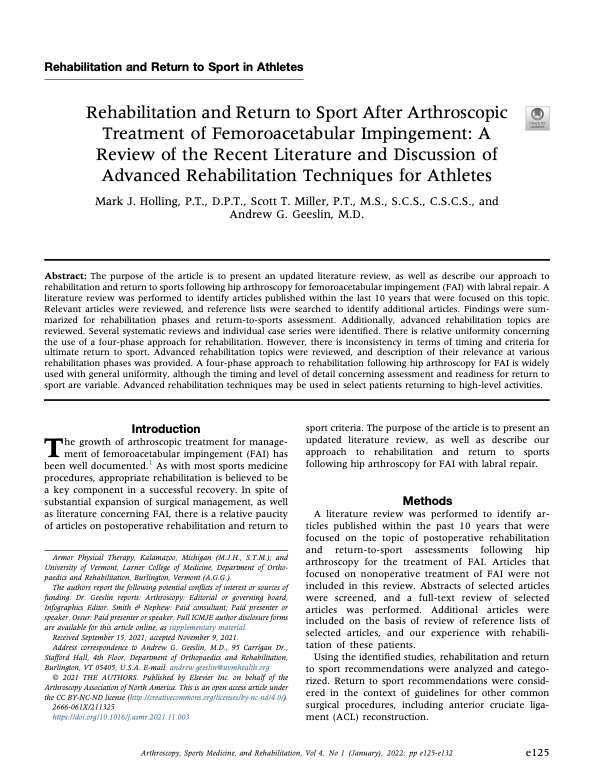Why Gareth Ziyambi Adopted DorsaVi Technology into His Clinic?
Why Choose to Adopt DorsaVi Technology into Your Practice? When debating about whether or not to adopt dorsaVi wearable sensor technology into their practice, customers regularly focus on three key factors of the technology: its portability, versatility and reliability. Can dorsaVi provide you with all three things? To answer this question, we thought we would share with you the explanation Gareth Ziyambi offered when we asked him why he chose to adopt dorsaVi's wearable technology into his practice. Gareth Ziyambi is a Physiotherapist and Clinic Director & Principal Physiotherapist at A2Z Elite Health & Performance in London, UK as well as the Physiotherapist for UK Swimming and Diving. He has represented both his native Zimbabwe and Great Britain at 5 Olympic Games as a Physiotherapist. When answering this question, Gareth outlined what key qualities he was looking for in a product before going on to discuss how dorsaVi's technology was able to tick each of his bo

